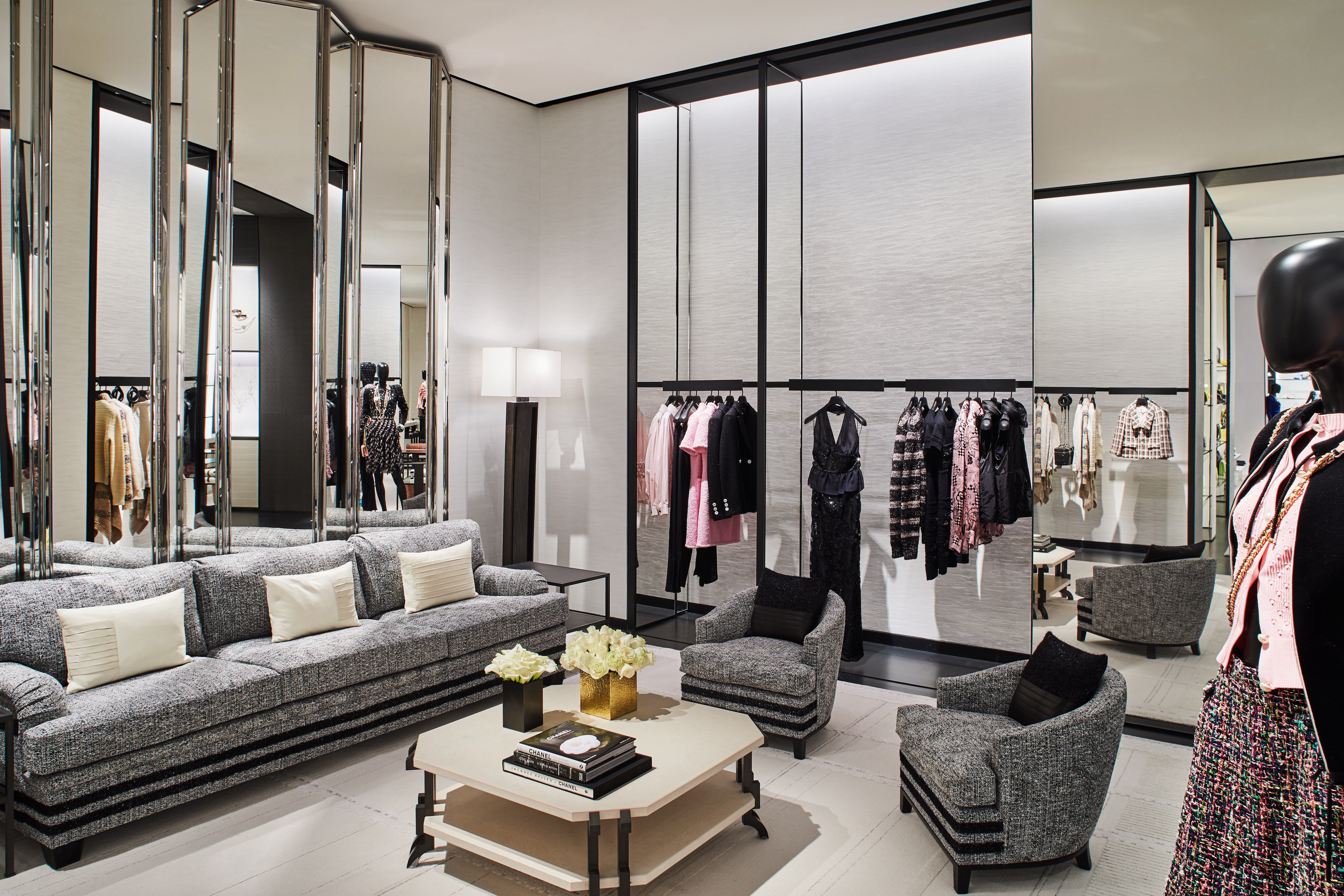A Deep Study the Globe of High-Fashion Runways: Comprehending Clothes as Art
High-fashion runways have become fields where garments transcends its utilitarian origins, advancing right into an advanced type of imaginative expression. Designers, just like skillful artists, weave detailed stories via kind, shade, and textile, testing standard standards and redefining beauty criteria. These shows are greater than plain displays; they are immersive experiences, where every stitch and seam tells a tale rich with cultural importance and avant-garde development. As we discover these sartorial spectacles, we must ponder: what role does fashion play in forming societal worths, and exactly how does it mirror the ever-changing tapestry of human emotion and identification?
The Development of Runway Reveals
The trajectory of runway shows has actually transformed significantly over the years, advancing from special industry events to exciting spectacles that mix fashion with art. Traditionally, runway programs were intimate events, kept in ateliers or tiny places, largely attended by purchasers and market experts. These early presentations concentrated on the garments' craftsmanship and industrial viability, using a sensible and straight screen of seasonal collections.
As the style sector broadened, the nature of path programs started to change. The 1970s and 1980s marked a turning point, with designers seeking to distinguish themselves through more theatrical presentations.
Over the last few years, innovation and social media have further reinvented runway programs, making them easily accessible to an international target market. Livestreaming and electronic systems have actually democratized style, permitting fanatics worldwide to witness these occasions in real-time (boutique fashion). This advancement mirrors a more comprehensive social change, where high-fashion runways act as a dynamic intersection of performance, development, and style
Designers as Dreamer Artists
Developers in the high-fashion industry have obscured the lines between practical garment creation and the conceptual world of art. By embracing creative disciplines such as sculpture, painting, and progressive installations, designers craft garments that test traditional fashion standards and raise them to art kinds.
Visionary designers attract inspiration from a myriad of sources, consisting of abstract art, historical referrals, and personal stories. They have an one-of-a-kind capacity to visualize and appear ideas that push the limits of conventional fashion, often redefining aesthetic standards while doing so. This creative ingenuity is showcased with significant shapes, innovative materials, and complex workmanship, which welcome customers to experience fashion as greater than simply wearable things.
Additionally, the path offers as a canvas for these musicians, where lights, songs, and established design coalesce to create immersive experiences. These presentations are not just screens of garments however are coordinated performances that evoke emotion and provoke thought, verifying the designer's function as a true artist in the contemporary cultural landscape.
Cultural Impacts in vogue
Cultural tapestry weaves its intricate patterns into the fabric of fashion, influencing developers worldwide. The vibrant interchange of social stories, practices, and signs educates and inspires collections that grace high-fashion runways. Developers meticulously draw from their heritage or involve with societies unique from their very own, crafting garments that function as visual narratives. This social discussion not only enriches the aesthetic variety yet additionally promotes a deeper understanding and gratitude of international identifications.
The influence of culture on style is typically seen in the reinterpretation of conventional garments and patterns. The use of Japanese bathrobes, Indian saris, or African prints in contemporary style mirrors a mix of cultural credibility and modern aesthetic appeals. Designers such as Valentino's Pierpaolo Piccioli and Alexander McQueen's Sarah Burton have actually been recognized to incorporate abundant cultural themes right into their couture collections, translating background right into wearable art.

Innovation in Fabric and Design
Innovation in textile and style regularly reshapes the landscape of high-fashion, pressing limits and redefining opportunities. Designers are significantly discovering the combination home of innovation, such as 3D printing, which allows for the creation of complicated structures that were formerly unthinkable.
The fashion market is seeing a rise in the use of green materials, obtained from recycled plastics, natural fibers, and even eco-friendly components. Designers are embracing these products to craft garments that are both mindful and aesthetically striking of their environmental impact.
In terms of design, experimental forms and avant-garde silhouettes are constantly revolutionizing the runway. By integrating advanced strategies and unusual materials, designers grow garments that obscure the line in between style and art, setting brand-new criteria for creative thinking and expression in the high-fashion sphere.
Influence of Fashion on Society
Style wields a profound impact on society, offering as both a representation of cultural identification and a driver for social change (boutique fashion). Via its development, fashion has mirrored social changes, encapsulating the zeitgeist of various periods.
Additionally, fashion has the power to bridge social voids, cultivating understanding and gratitude amongst diverse teams. As globalisation speeds up, the cross-cultural exchange of fashion concepts becomes increasingly substantial, promoting inclusivity and variety. The rise of streetwear, stemming from urban subcultures, highlights how style can transcend socio-economic limits, granting people a means of self-expression and empowerment.
Basically, style is not simply concerning visual appeals; it is a vibrant force that influences worths, mindsets, and societal progression (boutique fashion). By continually connecting with social and cultural currents, fashion Check Out Your URL continues to be an integral component of the cumulative human experience

Final Thought
Developers, similar to visionary artists, coordinate collections that show identity, emotion, and social narratives, challenging traditional visual appeals. This intersection of style and creativity not only astounds audiences worldwide yet likewise influences social understandings and promotes a much deeper gratitude for cultural variety.

Social tapestry weaves its elaborate patterns right into the textile of style, influencing designers around the world.Style possesses an extensive influence on society, serving as both a representation of social identification and a catalyst for social change.